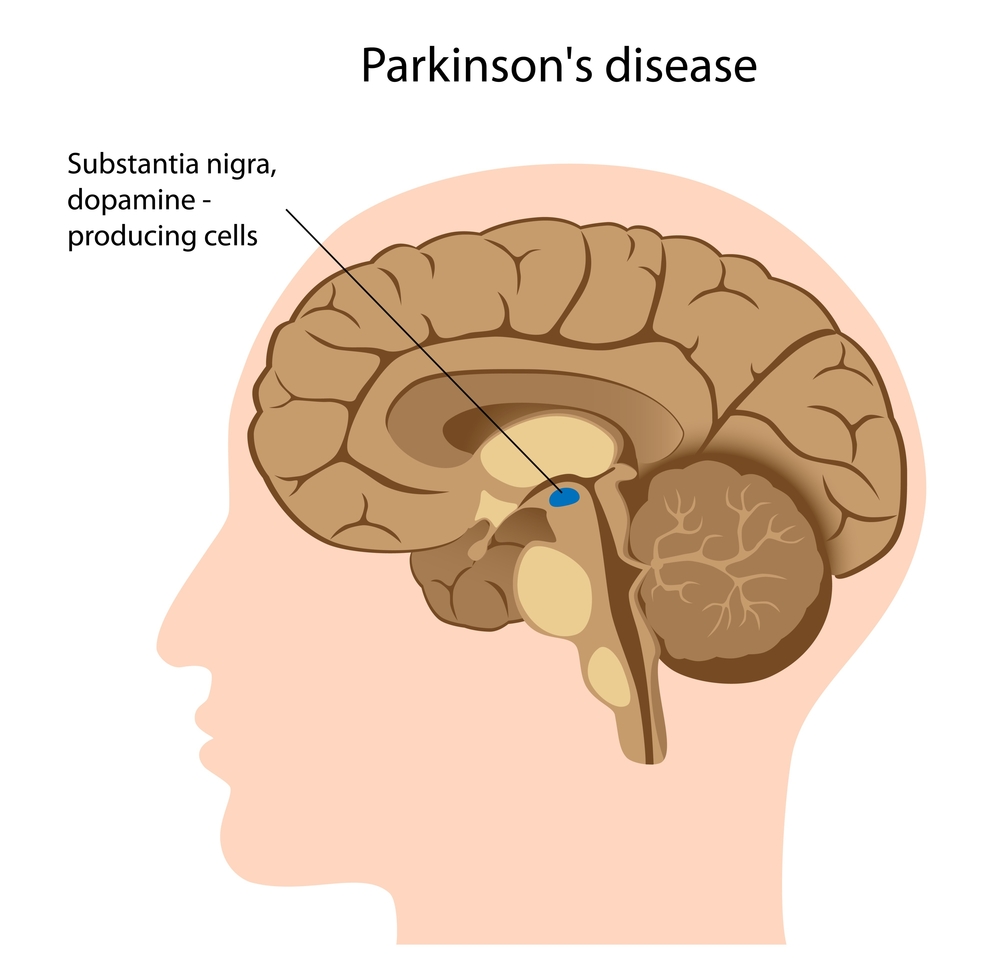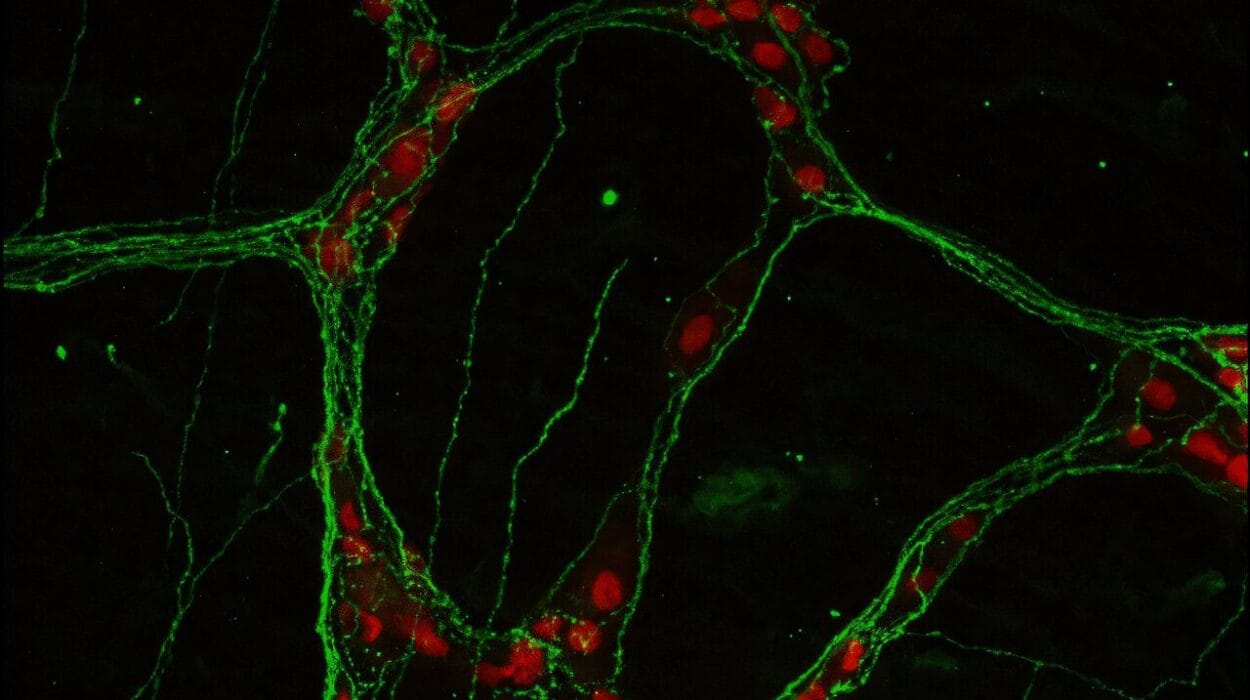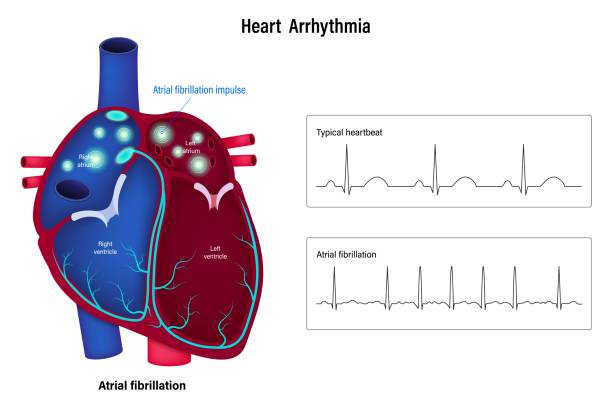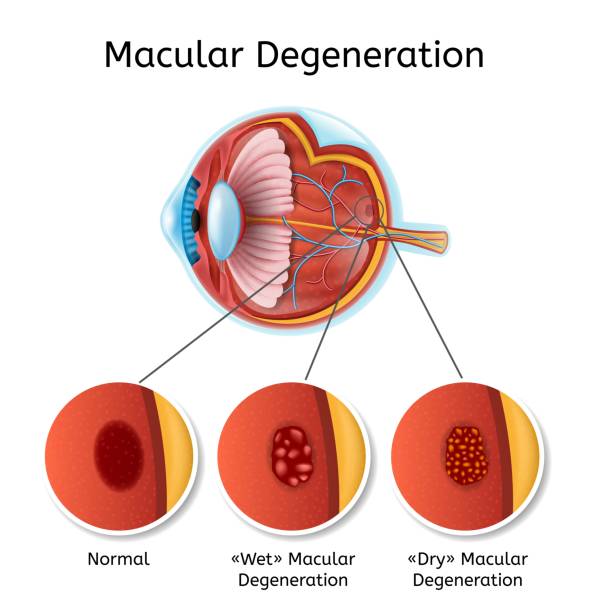Parkinson’s Disease is one of the most enigmatic and debilitating conditions in the realm of neurology. It’s a disease that sneaks up on its victims, initially presenting as a mere tremor, a slight shift in posture, or a barely noticeable stiffness. Yet, over time, it can spiral into a profound disruption of one’s ability to move, speak, and live freely. While Parkinson’s may seem like a disease of the elderly, it has far-reaching implications for anyone who suffers from it, and its impact extends beyond just the physical body. The disease slowly and silently affects every aspect of life—mental, emotional, and social.
To truly understand Parkinson’s Disease, we must explore not only its causes and symptoms but also the latest in research that might hold the keys to alleviating or even curing it.
The Biology Behind Parkinson’s: A Degenerative Brain Disease
Parkinson’s Disease is a neurodegenerative disorder, meaning it leads to the progressive degeneration of nerve cells in the brain. Specifically, it targets an area of the brain known as the substantia nigra, which is part of the basal ganglia, responsible for controlling movement. The basal ganglia sends signals that help coordinate smooth, controlled movements.
The key player in this dysfunction is dopamine, a neurotransmitter that acts as a messenger between the substantia nigra and other parts of the brain. Dopamine helps regulate motor control, and in Parkinson’s, the neurons that produce dopamine begin to die off. As dopamine levels drop, the brain loses its ability to coordinate and control voluntary movements, leading to the characteristic symptoms of Parkinson’s disease.
The exact cause of dopamine-producing cell death remains unclear, but what researchers do know is that Parkinson’s is driven by a complex combination of genetic and environmental factors. Genetics may play a role in some cases, especially in individuals with a family history of the disease. However, the majority of Parkinson’s cases are considered sporadic, meaning they occur in individuals without a clear family history of the condition.
Understanding the Symptoms: More Than Just Tremors
When we think of Parkinson’s Disease, we often envision a person shaking uncontrollably, their hands or head twitching in a rhythmic tremor. This is, indeed, one of the hallmark symptoms of the disease, but Parkinson’s affects much more than just physical movement. The disease can manifest in a variety of ways, with symptoms ranging from subtle to severe.
One of the earliest signs of Parkinson’s is often a tremor at rest, which occurs when the person is not actively using their hand or arm. The tremors usually start on one side of the body before gradually spreading to the other. Over time, the tremors may become more pronounced, making everyday activities like holding a cup, typing on a keyboard, or brushing one’s teeth challenging.
In addition to tremors, Parkinson’s can cause muscle stiffness, known as rigidity. This stiffness can make it difficult for individuals to move smoothly or perform tasks that require dexterity. The rigidity can also lead to pain and discomfort in the muscles and joints, especially in the neck and shoulders.
Another common symptom is bradykinesia, or slowness of movement. This can manifest in several ways, including difficulty starting or stopping movements, shuffling when walking, and a general sense of reduced facial expression or “masked face.” People with Parkinson’s may also experience difficulty with fine motor skills, like tying shoelaces or buttoning a shirt. Simple tasks may take much longer than they did before, leading to frustration and loss of independence.
Postural instability is another challenge faced by individuals with Parkinson’s. As the disease progresses, it can affect balance, making it difficult for people to stand up straight or walk without falling. This leads to an increased risk of falls, which can result in serious injuries and a further reduction in mobility.
Beyond the physical symptoms, Parkinson’s disease also carries a range of non-motor symptoms, which are often just as debilitating. These can include cognitive changes, such as memory problems or difficulty concentrating, as well as emotional and psychological symptoms, such as depression, anxiety, and sleep disturbances. The emotional toll of Parkinson’s can be profound, as it often leads to a feeling of helplessness and isolation.
The Causes of Parkinson’s Disease: A Complex Web of Factors
The exact cause of Parkinson’s disease remains elusive, but scientists believe it results from a combination of genetic and environmental factors. Research has revealed that certain genetic mutations can increase the risk of developing Parkinson’s, although these mutations account for only a small percentage of cases. Some individuals inherit the disease through family lines, but this is rare.
In most cases, Parkinson’s is considered “idiopathic,” meaning there is no clear cause. Environmental factors, such as exposure to certain toxins or chemicals, have been implicated in the development of Parkinson’s disease. Pesticides, herbicides, and heavy metals are some of the environmental agents that have been studied in relation to the disease. People who live in rural areas or work in farming may have an increased risk of Parkinson’s due to exposure to these chemicals.
Other environmental factors, such as head trauma, have also been linked to Parkinson’s disease. Studies have shown that individuals who suffer concussions or repeated head injuries may be at higher risk of developing Parkinson’s later in life. This association highlights the complex interaction between environmental influences and the brain’s vulnerability to damage.
Moreover, researchers have increasingly pointed to the role of neuroinflammation in the development of Parkinson’s disease. Chronic inflammation in the brain can trigger the destruction of dopamine-producing neurons, contributing to the onset and progression of the disease. This opens up new possibilities for treatment, including drugs that target inflammation.
The Impact of Parkinson’s on Daily Life
While Parkinson’s Disease is primarily associated with motor symptoms, its effects on daily life can be far-reaching. As the disease progresses, individuals may require assistance with basic activities, including eating, bathing, dressing, and walking. They may need help navigating their homes, managing medications, and coordinating medical appointments.
For many, the loss of independence is one of the most challenging aspects of living with Parkinson’s. People who once enjoyed hobbies or active lifestyles may find themselves unable to do the things they love, leading to feelings of frustration, sadness, or despair. As the disease progresses, the physical limitations may also impact relationships, creating stress and strain in families and communities.
At the same time, the emotional toll of Parkinson’s is often underestimated. Depression and anxiety are common among people with Parkinson’s, and they are often exacerbated by the disease’s progression. The social stigma associated with Parkinson’s—especially when it comes to movement difficulties and changes in appearance—can lead to further isolation. Many individuals feel that others don’t understand the full extent of their struggles, which only deepens the sense of loneliness.
Parkinson’s Disease Research: Hope on the Horizon
The good news is that the scientific community has made significant strides in understanding Parkinson’s Disease, and new research continues to offer hope. While there is no cure for Parkinson’s, treatments have improved dramatically in recent decades, and there are promising developments on the horizon.
One of the primary treatments for Parkinson’s is medication that increases dopamine levels in the brain. Levodopa (L-DOPA) is the most common drug used, and it helps alleviate some of the motor symptoms of the disease. However, over time, the effectiveness of these medications can diminish, and patients may experience side effects such as involuntary movements (dyskinesia). This has led to a search for alternative treatments that could address the underlying cause of Parkinson’s, rather than just masking the symptoms.
In recent years, advances in stem cell therapy have shown promise as a potential treatment for Parkinson’s. Researchers are exploring the possibility of transplanting stem cells into the brain to replace the lost dopamine-producing neurons. This approach, though still in the experimental stage, could hold the key to reversing or slowing the disease’s progression.
Gene therapy is another area of exciting research. By modifying genes to either replace faulty ones or promote the production of dopamine, scientists hope to repair the brain’s ability to produce the essential neurotransmitter. While gene therapy for Parkinson’s is still in its infancy, early trials have shown encouraging results.
In addition to these innovative therapies, researchers are investigating the potential of immunotherapy. This involves developing antibodies that can target and remove abnormal protein deposits (called Lewy bodies) that accumulate in the brains of people with Parkinson’s. These deposits are believed to contribute to the damage of dopamine-producing neurons. If successful, immunotherapy could slow or halt the progression of Parkinson’s.
Living with Parkinson’s: Coping Strategies and Support
For those living with Parkinson’s Disease, managing the condition involves more than just taking medications. It’s about creating a lifestyle that helps minimize symptoms and improve quality of life. Regular exercise, for example, is known to have a positive impact on both motor and non-motor symptoms. Physical therapy can help improve balance, flexibility, and strength, while speech therapy can address issues related to communication.
Mindfulness practices, including meditation and yoga, are also increasingly recognized as valuable tools for managing the emotional and psychological challenges of Parkinson’s. These practices can help reduce stress, improve mood, and enhance overall well-being.
Support groups, both online and in person, provide a safe space for people with Parkinson’s to share their experiences, exchange coping strategies, and connect with others who understand their journey. Family members and caregivers play a crucial role in providing emotional and practical support, and their well-being should not be overlooked.
Parkinson’s Disease, though a challenging and often overwhelming condition, is no longer an insurmountable mystery. As research continues to advance, and with the development of new treatments and technologies, the future holds promise for those affected by this debilitating disease. The key lies not only in understanding the symptoms and underlying causes but in maintaining hope, seeking support, and continuing the fight for a cure.






